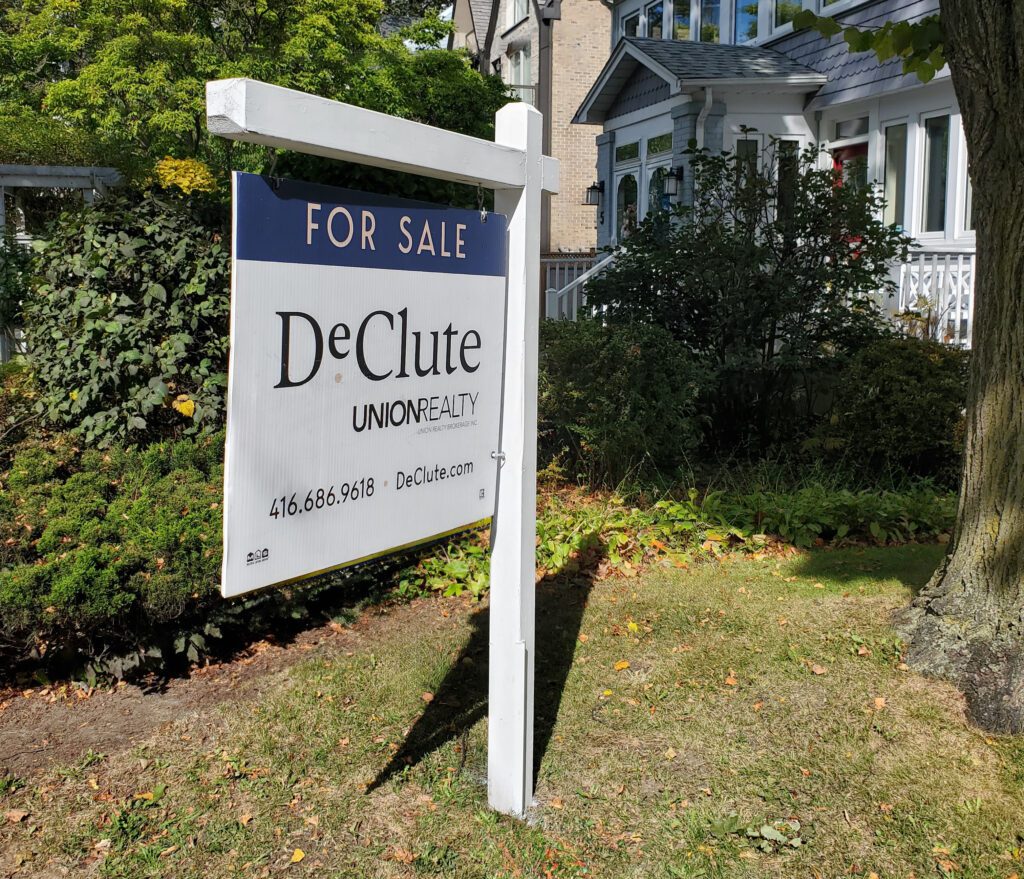The Bank of Canada just cut the Overnight Lending Rate by another 0.5% (from 0.75% to the all-time low of 0.25%). What does this mean for mortgage rates?
Prime Rate –
The banks’ Prime Rate is typically tied to the Overnight Lending Rate. The banks’ Prime Rate before this most recent rate cut was 2.95%. Do we expect Prime Rate to decrease? The short answer is YES, however, the real question is whether the banks will pass on the full 0.50% cut to make prime 2.45%. There have been times before when the banks have not passed on the full reduction (i.e., Jan 2009, Jan 2015, July 2015). We should know within the next few days how much of the BofC rate cut the banks will pass along. Any cut in prime will immediately reduce the cost for clients with Existing variable rate mortgages.
Variable Rate Mortgages –
Variable rates are priced based on a discount to Prime. Historically, variable rates tend to average out around Prime -0.50%, however, this can vary widely and over the past 15 years, we have seen variable rates priced anywhere from Prime -1.25% to Prime +1.00%. Typically, in periods of volatility the discount to prime will start to disappear for New Mortgages or Renewals (existing variable rate mortgage will retain whatever discount to Prime they initially received). Given the major economic downturn we are going through, we are seeing EXTREME volatility in the variable rate market. Discounts to prime for new mortgages are drying up, and we are seeing many banks start to move to Prime +0.25%…and that was before the latest announcement. It is likely we may see Prime +0.75% in the near future.
Why is this happening? Banks are BLEEDING cash on any existing clients who have variable rate mortgages that were locked in at significant discounts to prime. If you have a variable rate you secured before the Coronavirus hit, do yourself a favour and hang onto that! The banks will do anything to try and get you to lock into a fixed rate, but just stay right where you are.
For any new clients wanting to get into a variable rate to take advantage of any savings, unfortunately, discounts to prime are disappearing and you will now typically be paying above where a fixed rate will price you at today. As we have access to over 30 lenders, we watch rates daily and things can change at any time. Please call or email with any questions or if you want to discuss real time available opportunities.
Fixed Rate Mortgages –
For fixed rates, there is a strong correlation between fixed rate pricing and the Government of Canada bond yields. If you click HERE, it will show you where the bond yields are as of today. Typically, fixed rates are priced above where bond yields are. Bond yields change constantly so in theory we could see fixed rates move daily. There is a band or spread in which rates are priced above the bond yields. In a normal market we may see fixed rates 1.3% to 1.7% above where the bond yields are. Right now, with lenders concerned about liquidity in the markets, investor appetite for risk is diminishing and we are seeing an increase to that spread. The possibility of mortgage defaults, and the cost of funding has increased for fixed rates (the same way variable rates have). So, even though we may see bond yields dropping drastically, banks are still increasing their fixed rates given the concerns and volatility in the market. Once we see any kind of shift to the positive with respect to health and/or the economic fallout of COVID-19, we could see spreads start to return to normal and rates start to fall.
It is not all doom and gloom, however, as the Canadian Government has announced they will purchase $150 billion in mortgage backed securities through CMHC immediately (article HERE), which will take some of the liquidity concerns out of the market. This is a move to hopefully normalize rates and spreads, however, it is anyone’s guess how long this will take to materialize. Had CMHC not done this purchase, spreads would have continued to increase and it’s realistic to think that rates would have increased another .25-.50% over the next few weeks.



